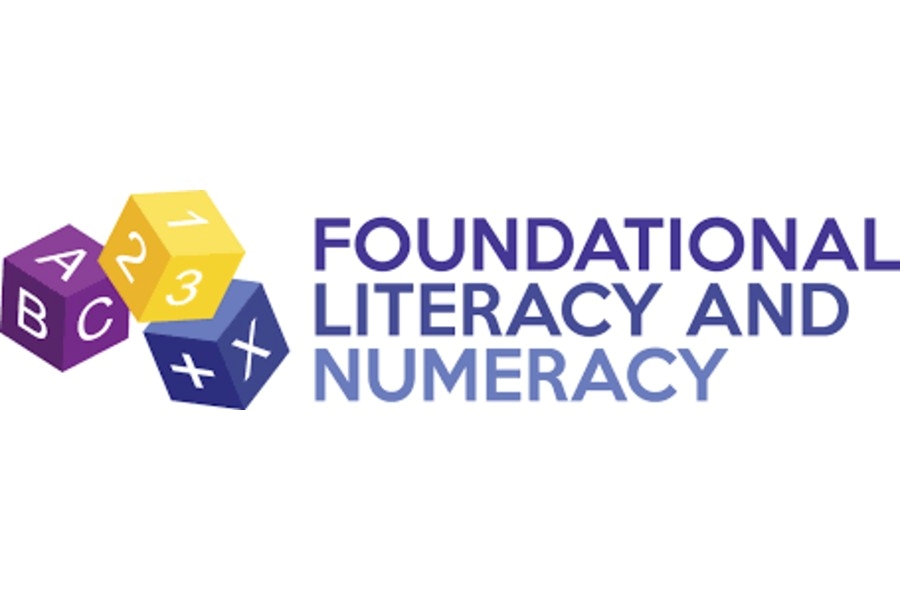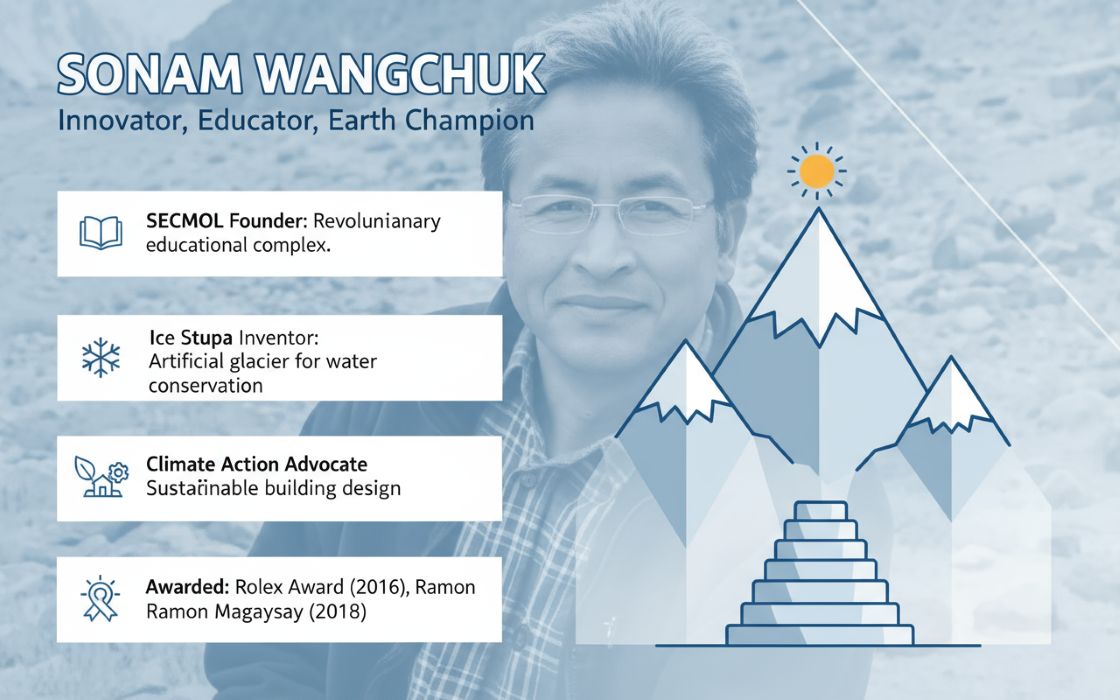In times when healthcare systems are under immense pressure to do more with less, clinical documentation has emerged as both a critical pillar of care and a major source of physician burnout. As hospitals worldwide accelerate digitization- driven by the promise of EMRs, AI-enabled workflows, and national initiatives like India’s Ayushman Bharat Digital Mission- the need for intuitive, reliable, and human-centred technology has never been more urgent. It is in this evolving landscape that Augnito has positioned itself as a transformative force, reimagining how clinicians capture, structure, and use medical data.
In this exclusive conversation with TheCSRUniverse, Mr. Rustom Lawyer, CEO and Co-Founder of Augnito, takes us through the journey of building a voice-first, ambient documentation platform shaped by two decades of experience with Scribetech and the UK’s National Health Service (NHS). He shares the philosophy behind “human-centred AI,” discusses the breakthrough capabilities of Omni AI Scribe, and illustrates the tangible impact Augnito has already delivered across leading hospitals in India and abroad. Rustom also offers insights into industry–academia collaboration, the challenges of scaling health-tech in India, and the future of AI-driven, paperless healthcare.
Read the full interview below:
Q. What inspired the inception of Augnito, and how did your two-decade experience with Scribetech and the UK’s National Health Service (NHS) shape the vision behind this venture?
A. Augnito grew out of two decades of solving documentation pain at scale, beginning with founding Scribetech at 19 to support NHS hospitals, where the core insight was that clinicians were losing far too much time to record‑keeping, demanding a better, interoperable, secure, voice‑first way to work.
Working closely with the NHS taught the value of reliability, data security, and workflow‑native design; that experience shaped Augnito’s mission to free clinicians from administrative burden while maintaining clinical‑grade accuracy and compliance across diverse health systems.
Q. Augnito was created to reduce physician burnout by automating clinical documentation. From a founder’s perspective, what does “human-centred AI” mean to you in the healthcare context?
A. Human‑centred AI means technology that augments, not replaces, clinicians, operating “omnipresent yet invisible” in the background so doctors keep eye contact, empathy, and clinical judgment front and center.
Practically, it is ambient documentation with strong privacy, choice of cloud or on‑prem deployment, and seamless EMR integration so workflows improve without forcing behavior change.
Q. Could you tell us more about your latest innovation, Omni AI Scribe? How does it enhance real-time consultation capture, and what impact has it made since its rollout?
A. Omni AI Scribe captures natural, multi‑lingual clinician–patient conversations in real time, structures the note for EMRs, and embeds CDI (Clinical Documentation Integrity) suggestions, plus automatic ICD‑10/SNOMED/SBS/CPT coding to reduce rework and claim denials.
It launched around May 2025; early use shows doctors reclaiming 2+ hours per day and cutting documentation time by about 60%, aided by capabilities like far‑field capture and speaker diarization for accurate, in‑room transcription. We can also see some early signs of enhanced revenue cycle management and huge, tangible cost savings for the hospitals that have deployed it.
Q. In what tangible ways has Augnito improved workflow efficiency or patient outcomes for hospitals and diagnostic centres already using the technology? Can you share a success story or data point that best demonstrates this impact?
A. Across deployments, clinicians document four times faster with immediate 99% accuracy, while organizations see measurable ROI from better throughput, coding, and fewer denials.
In a six‑month Apollo Hospitals study, overall productivity rose 46%, physicians saved 44 hours per month, turnaround times fell by five hours, and 35% of clinicians could accommodate more consultations, with the client also reporting up to a 21‑fold ROI within six months.
Q. You’ve collaborated with leading Indian academics such as Professor Pushpak Bhattacharyya from IIT Bombay, supported by the Abdul Kalam Technology Innovation Fellowship. How has this industry-academia partnership advanced your R&D in healthcare AI?
A. Co‑design with academic teams from IIT Bombay, MIT, and Sheffield has accelerated multilingual speech models, clinical NLP, and workflow design that mirrors real practice, shortening the path from lab to clinic.
This collaboration underpins Augnito’s medical LLM fine‑tuning and Scribe Quality and Reliability governance, improving accuracy while reducing hallucinations through clinician‑in‑the‑loop evaluation.
Q. Augnito has partnered with leading hospitals like Breach Candy, Jaslok, and NM Medical. Could you share some specific case studies or measurable outcomes where Augnito has significantly improved clinical workflows or patient care?
A. Augnito is deployed across leading hospitals and diagnostics networks, where the common pattern is faster, higher‑quality notes, fewer after‑hours charts, and more time for patients.
For example, as mentioned earlier, Apollo Hospitals achieved a 46% productivity lift and 44 monthly clinician hours saved, while a recent deployment in Riyadh at Al Salama Hospitals reported more nuanced benefits as well – like patients valuing undivided clinician attention as ambient scribing removed doctors’ screen time.
Q. As healthcare digitisation accelerates under initiatives like the Ayushman Bharat Digital Mission(ABDM), what role do you see Augnito playing in India’s broader health-tech ecosystem?
A. As ABDM scales unified health records and 500M+ ABHA accounts, Augnito’s voice‑first capture and flexible APIs/SDKs help clinicians produce structured data at source, improving EMR completeness and usability.
By fitting into existing HIS/EMR stacks and supporting compliant cloud or on‑prem models, Augnito advances interoperability and practical digitization in high‑volume Indian settings. It is also 99% accurate straight out of the box for any accent of spoken English and easily interprets conversation in Hindi and other regional Indian languages as well.
Q. What have been the biggest challenges in scaling an AI-driven health-tech startup in India- be it regulatory, infrastructural, or behavioural—and how did you overcome them?
A. Key hurdles have been data interoperability, clinician trust and change management, regulatory variability, and cost/infrastructure constraints.
These were addressed through human‑centred onboarding, multilingual accuracy, low‑code/no‑code integrations, and deployment flexibility, ensuring adoption without workflow disruption.
Q. India’s healthcare system is rapidly digitising. How do you see Augnito contributing to the national agenda of electronic medical records (EMR) adoption and the larger vision of a paperless, connected healthcare ecosystem?
A. Voice‑native, ambient capture turns conversations into structured, EMR‑ready data, making EMRs faster to use and more complete – an essential step toward paperless, connected care.
CDI and automatic coding reduce denials and improve revenue integrity, aligning clinical documentation with operational and payer needs across the care ecosystem.
Q. Looking ahead, how do you envision the next phase of growth for Augnito? Are you exploring newer technologies such as generative AI or predictive analytics in healthcare documentation?
A. Generative and agentic AI already power Omni to summarize visits, structure notes, and trigger coding tasks; the roadmap expands into multimodal decision support, RCM, nursing, and remote care orchestration.
Active R&D in voice and agentic automation aims to move from reactive documentation to anticipatory healthcare operations and personalized support.
Q. Finally, what is your long-term vision for Augnito in enabling a ‘continuum of care’- and how close are we to a future where every doctor’s note is captured automatically through voice?
A. The vision is an “invisible” AI assistant across OPDs, wards, OTs, diagnostics, and pharmacies – one that is ambiently capturing every clinical note, coordinating tasks, and surfacing insights while clinicians remain fully present.
With growing adoption across hundreds of hospitals and multilingual capability, ambient scribing is already here and expanding toward an AI staff model that elevates both efficiency and the human connection in care.

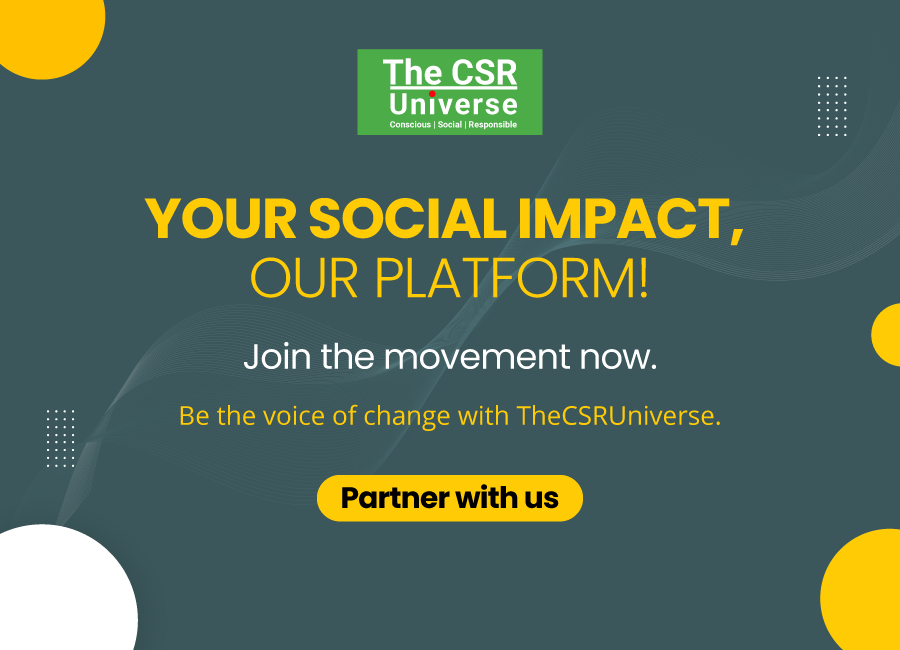


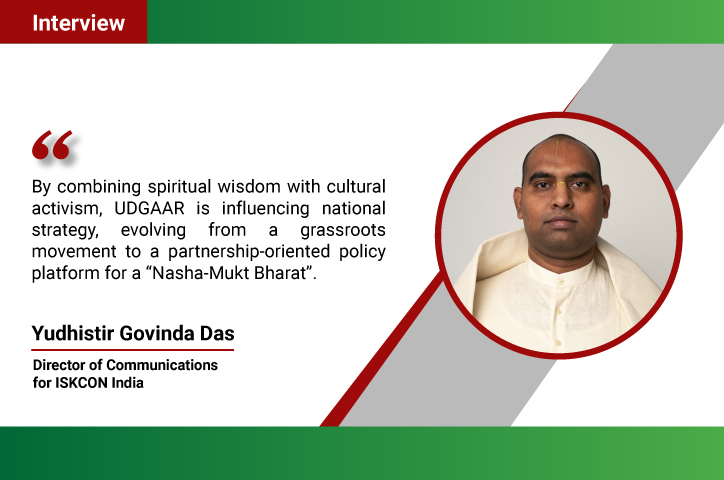

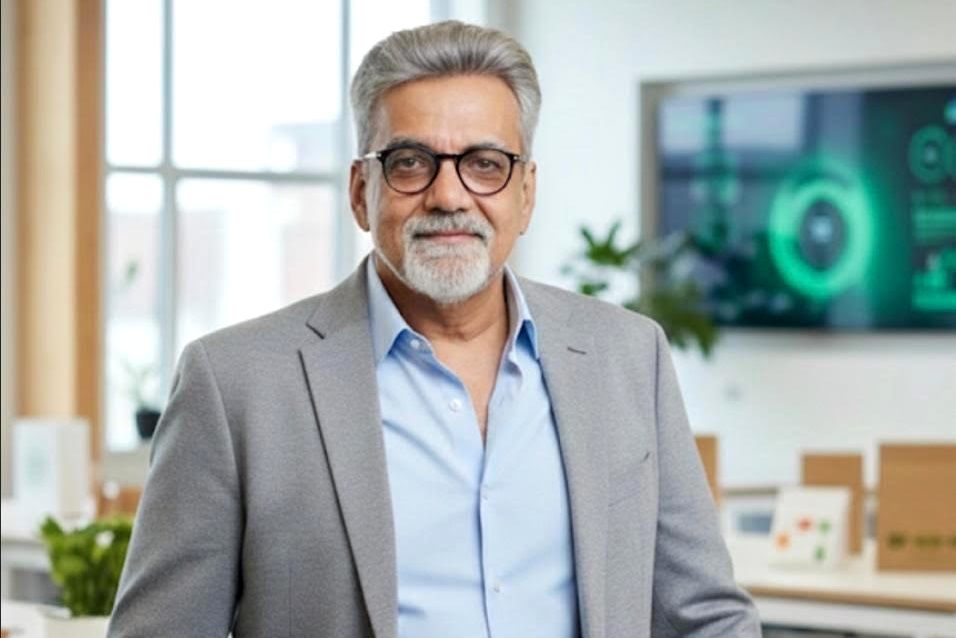

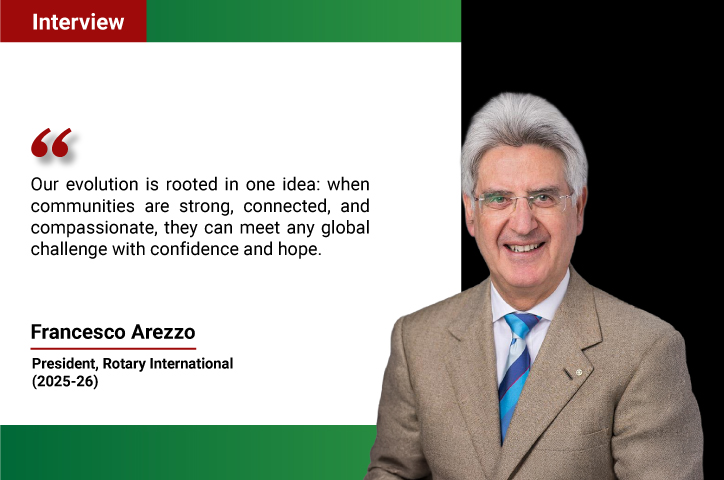

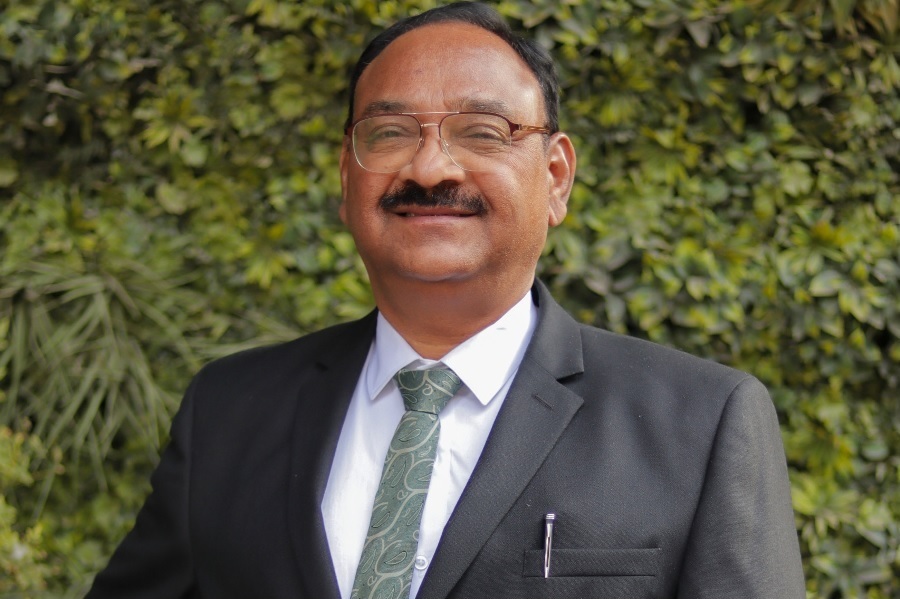



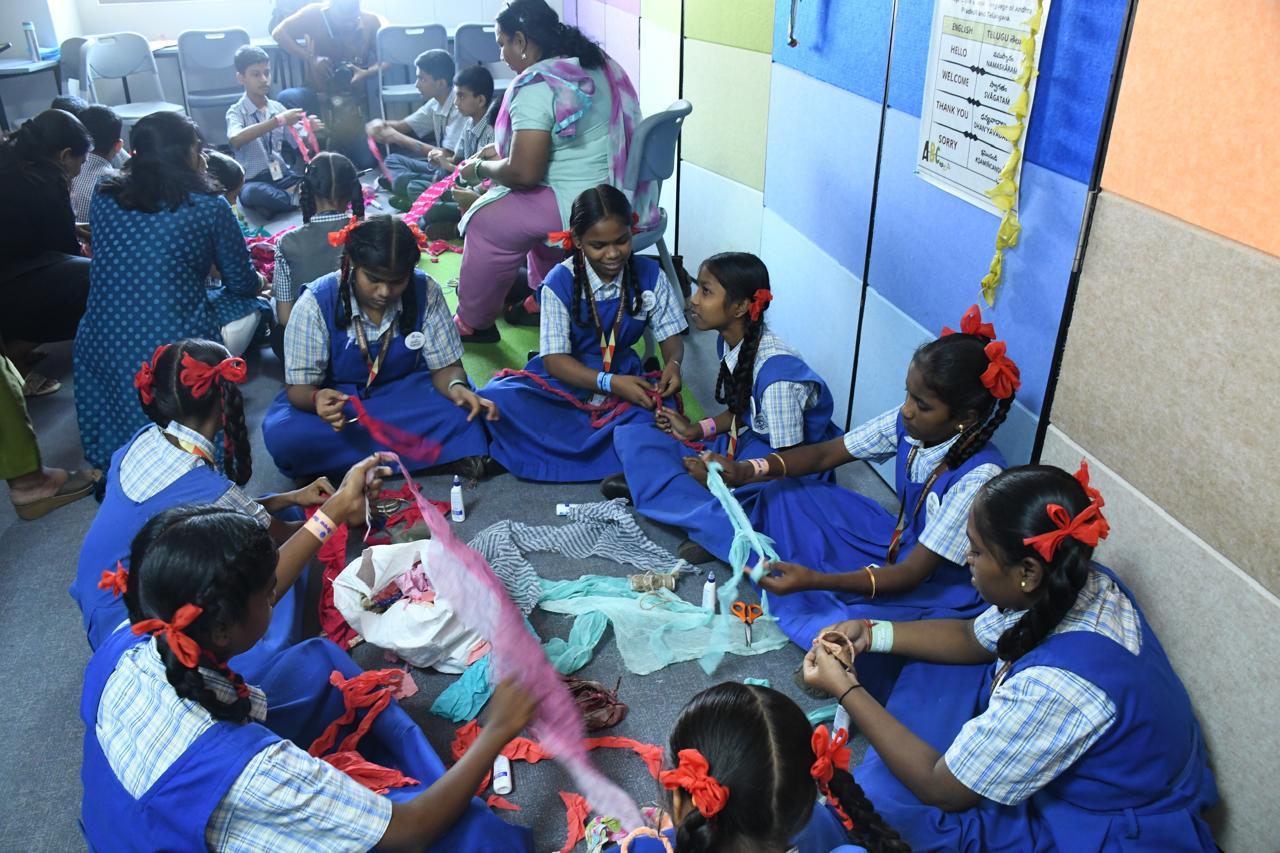
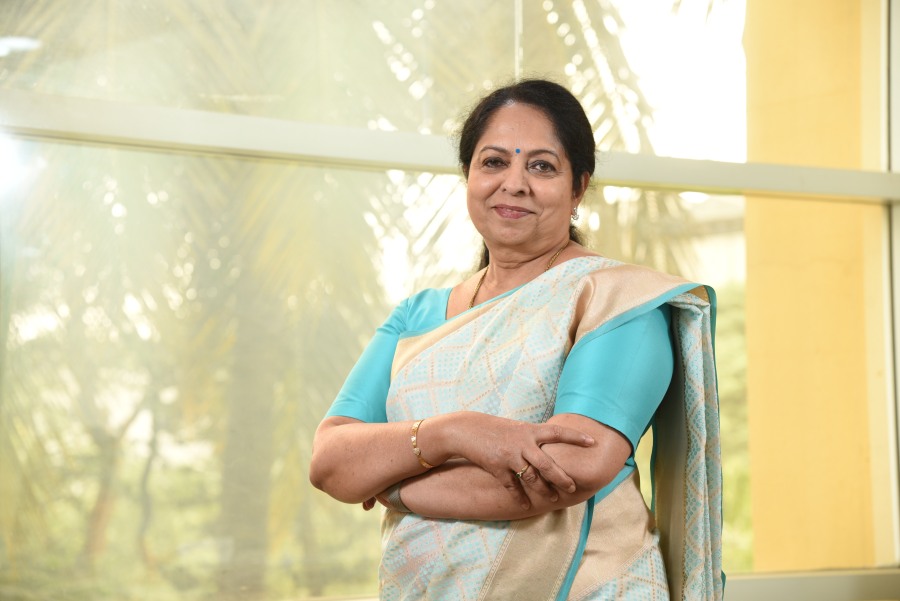
.jpg)
